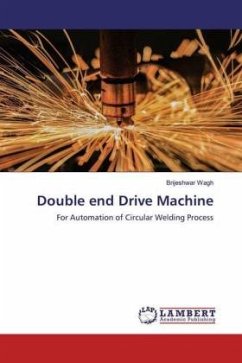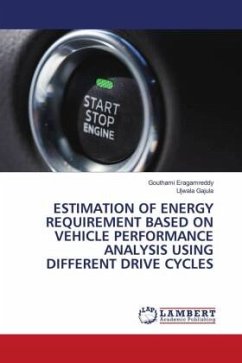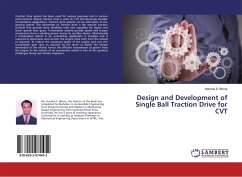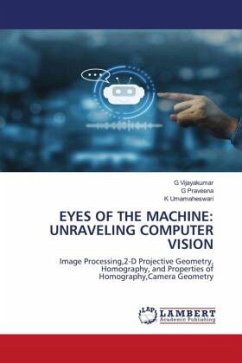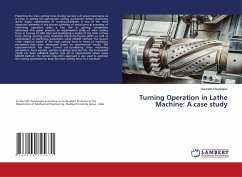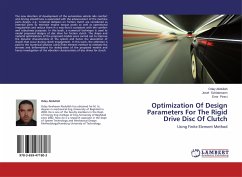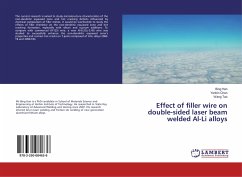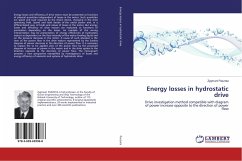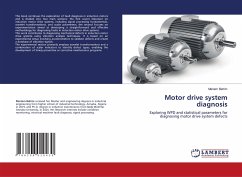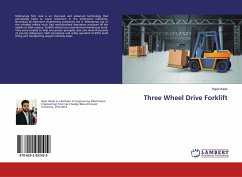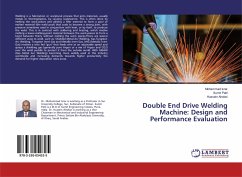
Double End Drive Welding Machine: Design and Performance Evaluation
Versandkostenfrei!
Versandfertig in 6-10 Tagen
27,99 €
inkl. MwSt.

PAYBACK Punkte
14 °P sammeln!
Welding is a fabrication or sculptural process that joins materials, usually metals or thermoplastics, by causing coalescence. This is often done by melting the work-pieces and adding a filler material to form a pool of molten material (the weld pool) that cools to become a strong joint, with pressure sometimes used in conjunction with heat, or by itself, to produce the weld. This is in contrast with soldering and brazing, which involve melting a lower-melting-point material between the work-pieces to form a bond between them, without melting the work pieces.There are several different ways to...
Welding is a fabrication or sculptural process that joins materials, usually metals or thermoplastics, by causing coalescence. This is often done by melting the work-pieces and adding a filler material to form a pool of molten material (the weld pool) that cools to become a strong joint, with pressure sometimes used in conjunction with heat, or by itself, to produce the weld. This is in contrast with soldering and brazing, which involve melting a lower-melting-point material between the work-pieces to form a bond between them, without melting the work pieces.There are several different ways to weld, such as: Shielded Metal Arc Welding, Gas Tungsten Arc Welding, Tungsten Inert Gas and Metallic Inert Gas. MIG (Metallic Inert Gas) involves a wire fed "gun" that feeds wire at an adjustable speed and sprays a shielding gas (generally pure Argon or a mix of Argon and CO2) over the weld puddle to protect it from the outside world. With GMAW (Gas Metal Arc Welding) becoming more widely used in the industry worldwide and increasing demands towards higher productivity the demand for higher deposition rates arose.



